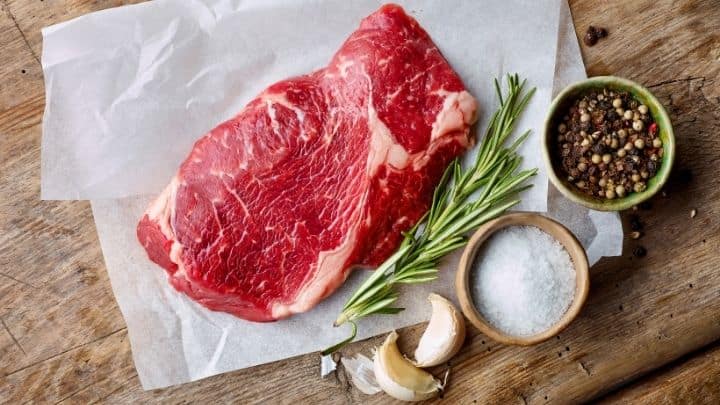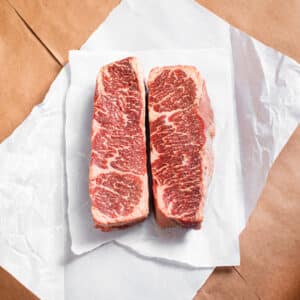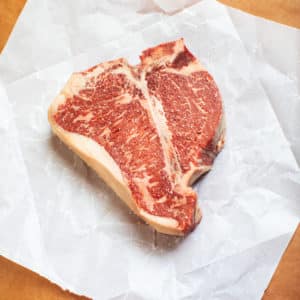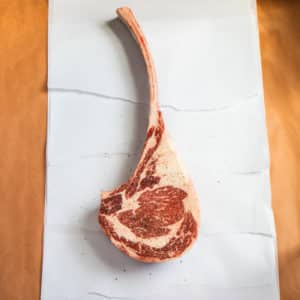
If one thing is certain about American cuisine, it’s that we love our meat. According to the North American Meat Institute, in 2017 alone, the United States produced 52 billion pounds of meat with another 48 billion pounds of poultry. With this much generated annually, it doesn’t take a culinary luminary to recognize the importance of taste in what we consume. Here’s a closer look at some tips for improving the flavor of your meat no matter how you choose to prepare it.
The first thing you want to do when preparing any meat is to decide the method you want to use for flavoring. There are a variety of viable options, each with its own benefits. Here are a few of the ways you can incorporate spices into your meat.
You can use seasonings to improve the flavors of many of your favorite meat dishes in many different ways. One is to add a dash of acid to your mix—in the form of lemon or lime juice—to increase the flavor of other compounds. Similarly, adding pepper before searing reduces some of the ingredient’s potency. Add other herbs—such as thyme, oregano, or sage—early in the cooking process to achieve the right balance. Always pay attention to what you are cooking with to ensure you add the chosen spices at the right time.
Marinating your meat is when you soak the meat in seasoned liquid before cooking. There are often acids included in these mixes, like vinegar and citrus juice. The enzymes present in some fruits like mangos and kiwis also work as an effective seasoning. The goal of a marinade is to break down the tough tissue of the meat, allowing the meat to soak up the mix’s flavors.
Similar to marinating your meat is brining it. Unlike marinades, a brining solution is simply salt and water. The purpose of this bath is to tenderize the meat, causing it to absorb so much moisture that complete evaporation is nearly impossible when cooking. Brining is an especially effective method for preventing leaner cuts of meat, such as pork chops and chicken breasts, from drying out during the cooking process.
A rub is a mixture of herbs and spices that—unsurprisingly, given the name—are rubbed onto the meat before cooking. There are different types of rubs depending upon the cooking method you plan to use, and you can apply them up to two hours before beginning to cook your meat. The nice thing about rubs is that you can simply combine the ingredients and apply evenly.
Allowing your meat to reach room temperature before cooking is one of our top tips for improving the flavor of your meat. Though the length of time will vary based on what you are cooking, sitting your meat out helps ensure it gets evenly cooked. This process prevents the outside of the meat from cooking too quickly while the inside is still thawing out.
Depending on how you plan to cook the meat, there are different tactics for preserving and enhancing flavor. Here are some of the various methods for cooking meat and some specific techniques you can use to trap in the juicy goodness.
One of the most common methods for preparing beef is on the grill. The trick to preserving flavor while grilling is for the meat to spend as little time as possible being heated, which ensures moisture and flavor can’t escape.
Stir-frying your meat is another option. What makes this method unusual is the food is continuously getting stirred while you cook it. This is an excellent method for cooking multiple ingredients together, including thin, small pieces of meat.
When pan-frying meat, a small amount of fat is added first or accumulates while cooking, soaking the meat in extra flavor. This method is useful for thin strips and slices.
No fat is necessary when pan-broiling. Useful for thin chops, fish fillets, and thin steaks, pan-broiling is done at the stovetop.
Roasting is a very effective method for cooking thicker, larger chunks of meat. The process is much slower, adding flavor through caramelization, while the meat is slowly browned by indirect heat.
Several cooking methods involve using liquids as the heating source for your meat. One of these methods is braising your food. One thing that sets braising apart from other liquid heating methods is the moisture is produced entirely by the meat itself. This helps ensure that your food tastes natural.
Submerging the meat you’re cooking in a liquid is another possible method of preparation. When cooking like this, be sure to keep the temperature below the boiling point (212°F) and instead around 195°F to avoid toughening your meat.
Lastly, resting the meat to improve its flavor is very important. Resting is when you allow the meat to sit away from the heat for a few moments before serving. This process gives the juices inside the meat the opportunity to redistribute throughout the rest of it for excellent flavor. Resting also has the benefit of preventing juices from escaping as you slice or bite into the meat. After removing the meat from the heat source, loosely cover it with foil for a few moments to give the process enough time to complete.
For more tips and tricks for improving the taste of your food, see the experts at Vincent’s Meat Market, located in Real Little Italy on Arthur Avenue in the Bronx. We proudly sell only the finest beef, pork, chicken, and turkey meat in New York City. Our butchers are always available to answer any questions you may have on selecting, preparing, and pairing any of our delicious cuts.





Fast Support! Text us:
